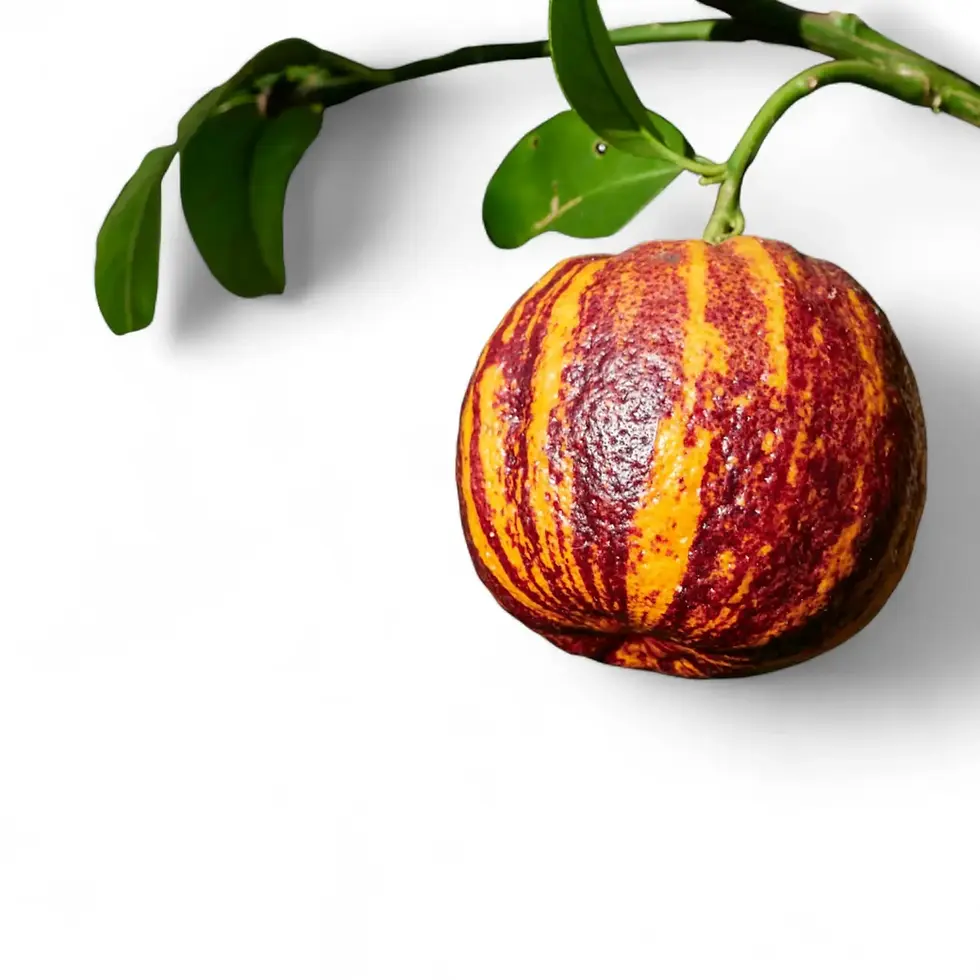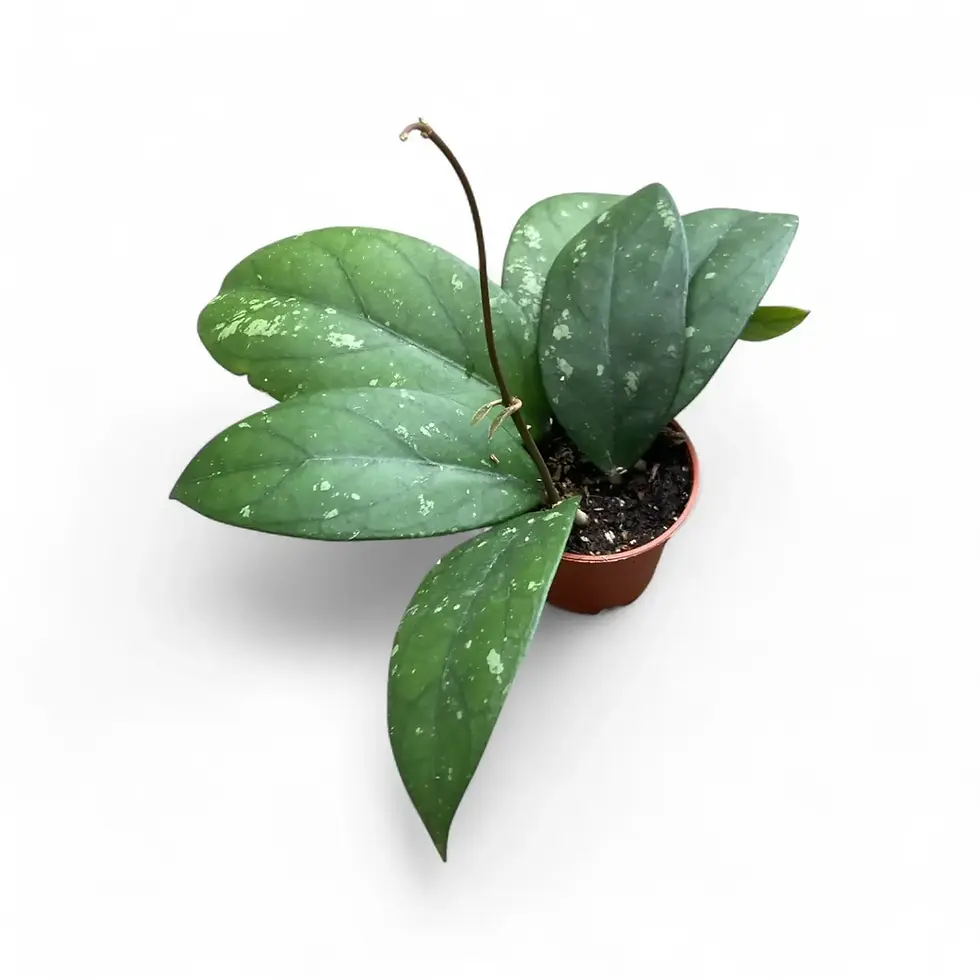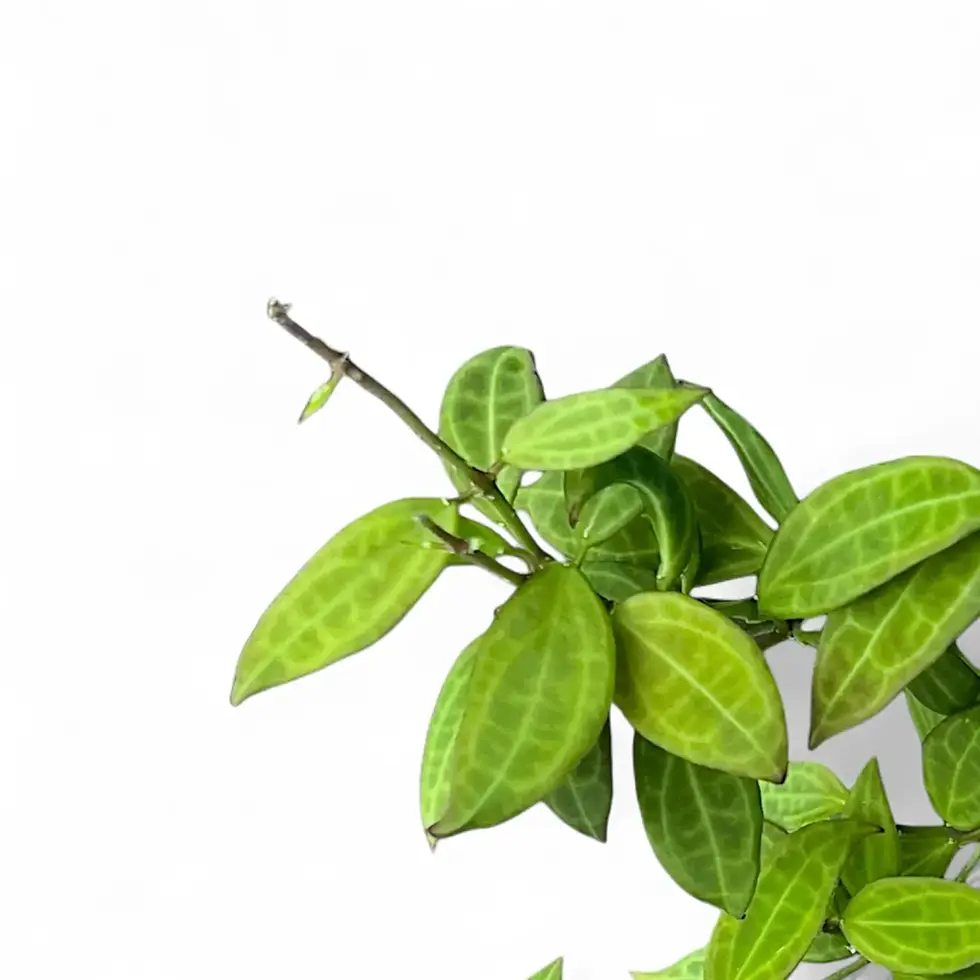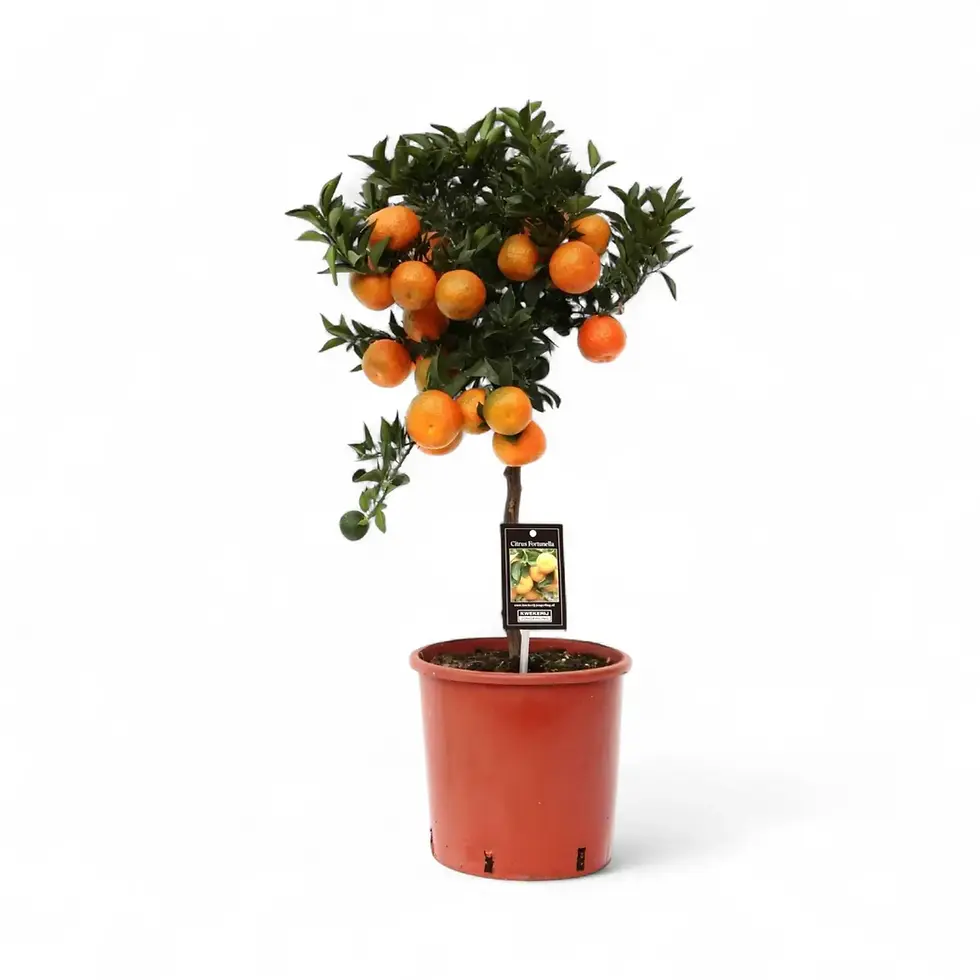Alocasia nebula – Rare Metallic Jewel from Borneo with Care Guide
Alocasia nebula is considered one of the crown jewels of the Alocasia genus, celebrated for its misty, metallic tones and rarity in cultivation. Compact yet striking, this species produces ovate-sagittate leaves with a bullate, leathery texture that shimmers in silvery blue and deep green gradients. Rich purple undersides and pronounced venation enhance its dramatic presence. With a mature height of just 20–30 cm, this species thrives as a statement plant for dedicated collectors. Its name — meaning “mist” or “vapor” — perfectly reflects its clouded, ethereal look.
Why Alocasia nebula Is Highly Sought After
- Exquisite Leaf Pattern: Bullate surface with soft, smoky variegation and metallic sheen.
- Compact Growth: Ideal for premium plant cabinets or small-space collections.
- Collector Status: One of the rarest Borneo natives, often misidentified in trade.
- Color Contrast: Silver-blue upper surface paired with rich purple undersides.
Origin and Natural Habitat
This species is native to lowland rainforests of Borneo, most likely Sarawak, where it grows in shaded, humid limestone areas with excellent drainage. It thrives in high humidity (70–80%), stable warmth (22–28 °C), and loose, organic-rich soils. In cultivation, mimicking these conditions is key. Like all Alocasias, it contains calcium oxalate crystals, so keep it away from pets and children.
Care Tips for Alocasia nebula
- Light: Bright, indirect light; avoid harsh sun that dulls metallic tones.
- Water: Keep soil evenly moist; allow the top 2–3 cm to dry slightly between waterings.
- Humidity: Maintain 70% or higher; low humidity leads to crisped edges.
- Temperature: Optimal range is 22–28 °C; growth slows below 18 °C.
- Soil: Use an airy mix with bark, perlite, and organic matter; add coarse dolomite chips to mimic limestone habitat.
- Repotting: Every 12–18 months; shallow pots suit its compact rhizomes.
- Feeding: Apply diluted balanced fertilizer every 4–6 weeks in active growth.
- Propagation: Via cormels or rhizome division; expect delayed sprouting from cormels.
- Semi-Hydro: Adapts well under controlled conditions using inert substrates.
- Airflow: Gentle circulation prevents fungal spots on thick leaves.
Ideal Setup: Best grown in a greenhouse section or enclosed cabinet with stable humidity, bright filtered light, and consistent warmth.
Troubleshooting Common Problems
- Sudden Collapse: Usually root rot from overwatering or cold roots; remove decayed tissue and repot in fresh, airy mix.
- Leaf Curl or Dullness: Low humidity or fluctuating temps; stabilize conditions promptly.
- Pests: Monitor for thrips, spider mites, and mealybugs; treat with neem oil or systemic solution at early stages.
- Slow Recovery: Normal for this species; growth occurs in flushes with rest periods in between.
Collector Insights and Unique Traits
Alocasia nebula’s bullate leaf texture is an adaptation for shedding water efficiently in humid rainforest conditions. While challenging compared to more common Alocasias, it rewards patience with stunning foliage. Growth is rhythmic — new leaves appear in flushes, then pause. Its preference for limestone-rich soils explains why coarse dolomite chips in the substrate can enhance performance.
Interesting Facts About Alocasia nebula
- First described by Alistair Hay in 1999 and illustrated in Curtis’ Botanical Magazine (2000).
- Name reflects both its mist-like variegation and uncertain origins in Sarawak.
- Thought to be extinct in the wild; only cultivated material remains in collections.
- Often mis-sold as “Imperialis” or “Elaine” — but these are trade names for the same species.
- Used in hybridization for the cultivar Alocasia ‘Simba Blue’.
Frequently Asked Questions About Alocasia nebula
- Is Alocasia nebula suitable for terrariums or cabinets? Yes — if humidity is kept above 70% and there’s sufficient airflow to prevent fungal issues.
- Why does my Alocasia nebula lose leaves suddenly? Root stress or cold conditions often trigger dieback; check rhizome health and adjust care.
- Does it really need limestone in the soil? It benefits from coarse dolomite chips to mimic its natural habitat, but it’s not mandatory.
- How fast does it grow? Slowly — expect only a few new leaves per year under perfect conditions.
Order Alocasia nebula today and add this rare, mist-toned marvel to your premium plant collection.
Alocasia nebula
You will receive the plant in the pictures. If there are more options available, please select one to see the relevant plant pictures.
If you require Additional Informationrmation, details or photos of a particular plant, please don't hesitate to contact us, we are happy to help.
The first picture is always a representative picture.
































